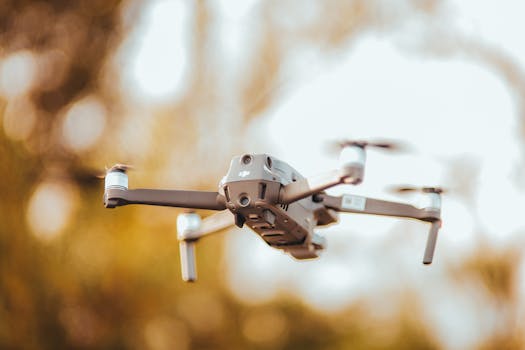
Satellites as Sentries: Advanced Technologies for Global Communication and Surveillance
Satellites as Sentries: Advanced Technologies for Global Communication and Surveillance have become an essential part of modern life, providing critical services such as navigation, communication, and weather forecasting. With the rapid advancement of technology, satellites are now being used for a wide range of applications, including global communication and surveillance.
Satellites as Sentries: Advanced Technologies for Global Communication and Surveillance are designed to provide real-time monitoring and communication capabilities, enabling governments, organizations, and individuals to stay connected and informed. These satellites are equipped with advanced sensors and cameras, which can capture high-resolution images and transmit them back to Earth.
History of Satellite Technology
The first satellite, Sputnik 1, was launched by the Soviet Union in 1957, marking the beginning of the space age. Since then, thousands of satellites have been launched into orbit, providing a wide range of services such as television broadcasting, telecommunications, and navigation. The development of satellite technology has been driven by advances in materials science, computer technology, and propulsion systems.
Today, satellites are used for a wide range of applications, including Earth observation, communication, navigation, and scientific research. They play a critical role in providing early warnings for natural disasters such as hurricanes, tsunamis, and wildfires, and enable the monitoring of climate change and its impacts on the environment.
Advanced Satellite Technologies
Recent advancements in satellite technology have enabled the development of more sophisticated and capable satellites. Some of the key technologies driving this trend include:
High-throughput satellites, which can provide faster data transfer rates and higher bandwidth, enabling the transmission of large amounts of data, such as high-resolution images and videos.
Small satellites, also known as smallsats, which are smaller and less expensive than traditional satellites, making them more accessible to a wider range of users.
Constellations of satellites, which involve launching multiple satellites into orbit to provide global coverage and enable real-time communication and surveillance.
Applications of Satellites in Global Communication and Surveillance
Satellites are being used for a wide range of applications in global communication and surveillance, including:
Telecommunication services, such as mobile phone networks and internet connectivity, which rely on satellites to provide coverage in remote and underserved areas.
Navigation systems, such as GPS, which use satellites to provide location information and timing signals.
Earth observation, which involves using satellites to monitor the environment, track climate change, and predict natural disasters.
Surveillance and security, which involves using satellites to monitor borders, track military movements, and detect suspicious activity.
Conclusion
In conclusion, Satellites as Sentries: Advanced Technologies for Global Communication and Surveillance are playing an increasingly important role in modern society, providing critical services such as navigation, communication, and surveillance. As technology continues to advance, we can expect to see even more sophisticated and capable satellites being developed, enabling new applications and services that will transform the way we live and work.




